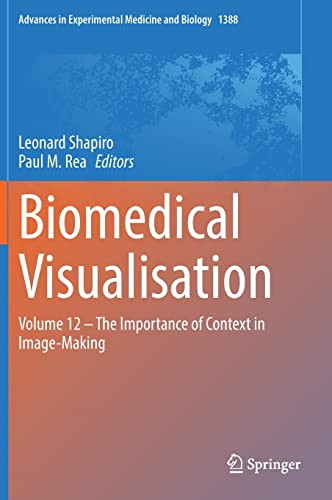

Most ebook files are in PDF format, so you can easily read them using various software such as Foxit Reader or directly on the Google Chrome browser.
Some ebook files are released by publishers in other formats such as .awz, .mobi, .epub, .fb2, etc. You may need to install specific software to read these formats on mobile/PC, such as Calibre.
Please read the tutorial at this link: https://ebookbell.com/faq
We offer FREE conversion to the popular formats you request; however, this may take some time. Therefore, right after payment, please email us, and we will try to provide the service as quickly as possible.
For some exceptional file formats or broken links (if any), please refrain from opening any disputes. Instead, email us first, and we will try to assist within a maximum of 6 hours.
EbookBell Team

4.1
20 reviewsThis image-rich book explores the practice as well as the theory of visual representation and presents us with the importance of designing appropriate images for communication to specific target audiences. This includes the appropriate choice of high-tech digital or low-tech analogue technologies in image-making for communication within the medical education, biological research and community health contexts.
We hear from medical students about the value of using clay modelling in their understanding of anatomy, from educators and curriculum designers about visual affordances in medical education and from a community-driven project in South Africa about their innovative use of locally designed images and culture-specific narratives for communicating important health information to marginalised communities. A chapter explores the evolution of scientific visualisation and representation of big data to a variety of audiences, and another presents the innovative 3D construction of internal cellular structures from microscopic 2D slices. As we embrace blended learning in anatomy education, a timely chapter prompts us to think further about and contribute to the ongoing discourse around important ethical considerations in the use and sharing of digital images of body donors.
This book will appeal to educators, medical illustrators, curriculum designers, post-graduate students, community health practitioners and biomedical researchers.